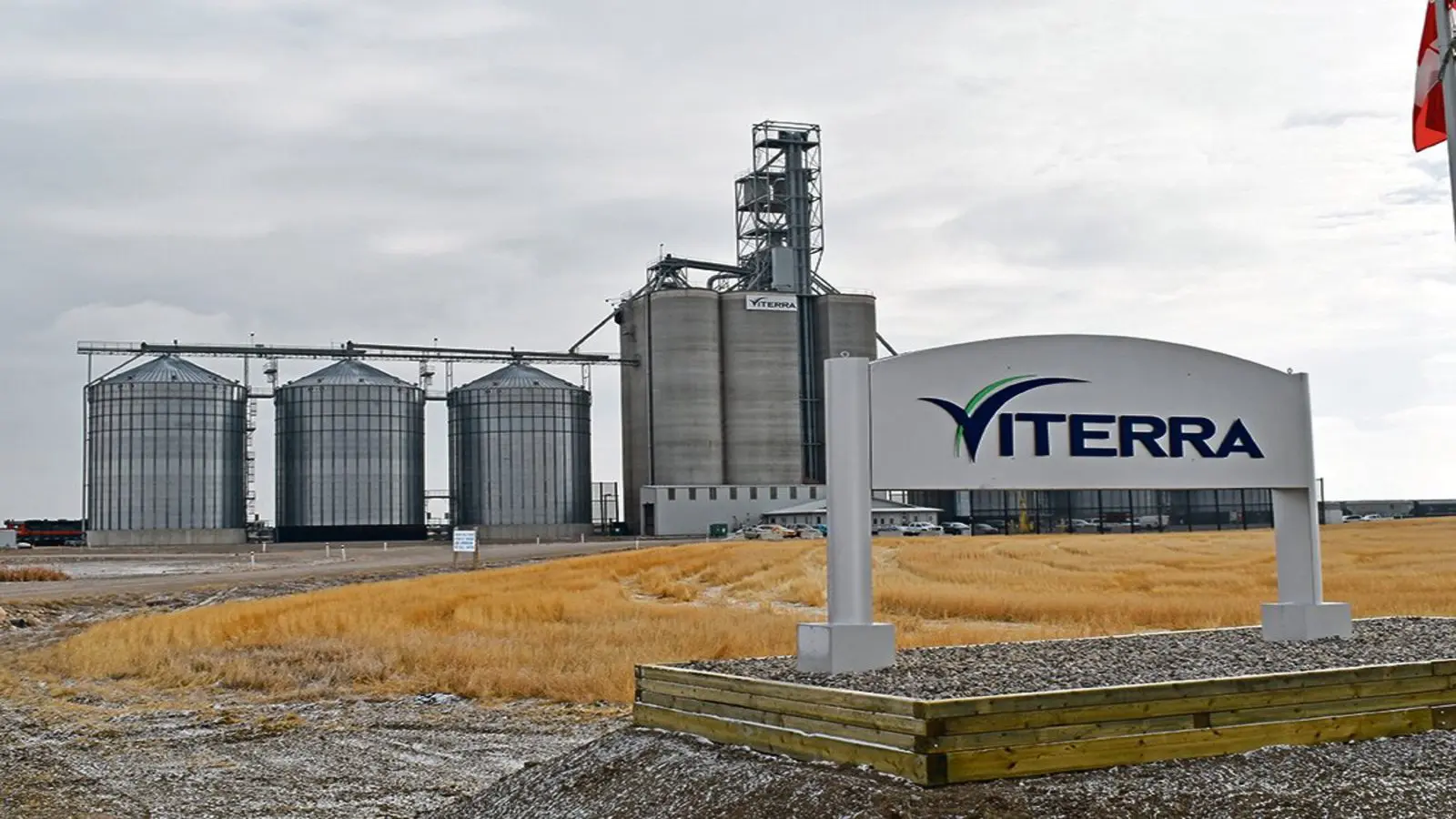USA- Food safety solutions supplier Energis Solutions has developed a new pathogen reduction technology that does not alter flour functionality
A recently validated study showed that the solution dubbed Guardian performs at a 225% higher kill rate than acid-based solutions without leaving chemical residuals or altering the functionality of wheat and flour.
The study performed by a trusted 3rd party lab in partnership with Panhandle Milling at their facility in Dawn, Texas.
Wheat tempering or conditioning is a common procedure in milling operations and involves the addition and penetration of moisture that helps to accentuate the difference between bran, germ, and endosperm.
Various methods of dispersing the water as a liquid or steam at various temperatures and pressures have been explored to accelerate moisture penetration and the effects of treatment on the wheat kernel.
However, the high moisture provides the breeding grounds for pathogenic microorganisms leading to outbreaks of enteric pathogens linked to wheat flour.
Heat treatment currently is the most widespread method of microbial reduction in flour. However, other materials such as surfactants, acids, and antimicrobials are added in an aqueous solution, either separately or incorporated into tempering water for pathogen control.
However, flour treatment has a detrimental effect on the baking qualities of flour, specifically on gluten.
To bridge the gap in flour treatment, Guardian attempts to develop a pathogen reduction techno-solution that is not only effective in pathogen control but also doesn’t alter flour functionality.
As part of the study, Hard Red Winter wheat was inoculated with E. faecium (salmonella) and E-coli (STEC) and then treated using Energis Solutions’, Guardian Treatment technology.
Results showed an average 5.40 log reduction of E-coli and an average 3.93 log reduction of salmonella when analyzed against the non-treated control samples.
The Guardian System seeks to provide an effective and affordable solution that solves current pathogen challenges that are inherent to the flour milling wheat tempering process.
In addition, the Guardian technology achieves higher kill rates at a lower cost while avoiding functionality challenges that are typically associated with heat-treated flour or corrosion that can be experienced in the use of peracetic and lactic acid treatments
For all the latest food industry news from Africa and the World, subscribe to our NEWSLETTER, follow us on Twitter and LinkedIn, like us on Facebook and subscribe to our YouTube channel.










